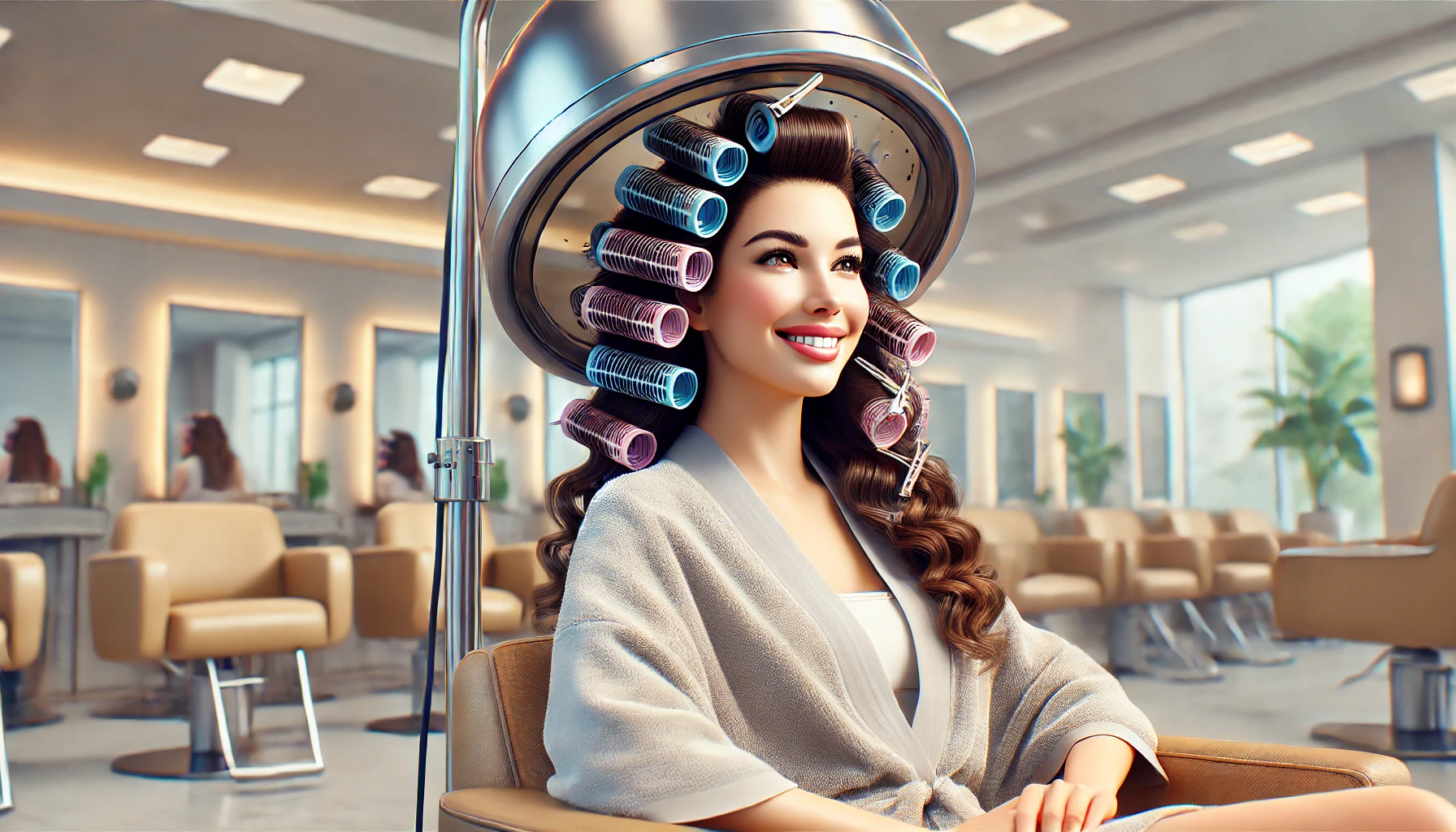Check out this answer from Consensus:
Perming hair, especially when it has been previously treated or damaged, requires careful consideration of the products and methods used. Treatments such as aspartic acid can improve wave retention and tensile strength in bleached hair, while natural oils like camellia oil can reduce damage and enhance the overall health of heat-permed hair. By understanding these factors, individuals can make more informed decisions about their hair care routines and achieve better results with their perms.
Hair perms, also known as permanent waves, are a popular method for adding curls or waves to hair. This process involves the use of chemicals to break and reform the bonds in the hair structure, allowing it to take on a new shape. However, the process can be harsh on hair, especially if it has been previously treated or damaged. This article explores the effects of different treatments on permed hair, focusing on bleached hair and the use of natural oils.
Perming Bleached Hair
Perming bleached hair can be particularly challenging due to the damage already inflicted by the bleaching process. A study examined the effectiveness of permanent waves on bleached hair by dividing it into two groups: one treated with aspartic acid and the other with distilled water. The results showed that the group treated with aspartic acid had better wave retention and tensile strength compared to the control group. Specifically, wave retention was 17.6% in the experimental group versus 14.8% in the control group after 30 washes. Additionally, tensile strength was 13.75% higher in the aspartic acid-treated group when the hair was bleached once, and 7.73% higher when bleached three times. The study also found that hair damage, measured using the methylene blue method, was significantly lower in the aspartic acid-treated group1.
The Role of Natural Oils in Heat Perms
Natural oils, such as camellia oil, have been studied for their potential to mitigate the damage caused by heat perms. A study investigated the treatment effect and wave efficiency of heat perms with added camellia oil. The results indicated that the tensile strength of hair treated with camellia oil was higher than that of hair treated without it. Additionally, the absorbance measurement using methylene blue showed lower average absorbance in hair containing camellia oil, indicating less damage. SEM observations revealed less cuticle damage in the camellia oil-treated group. Furthermore, gloss measurements showed that while the degree of damage increased over time, it was less severe in the hair treated with camellia oil. These findings suggest that camellia oil can significantly improve the treatment effect and wave efficiency of heat perms2.
